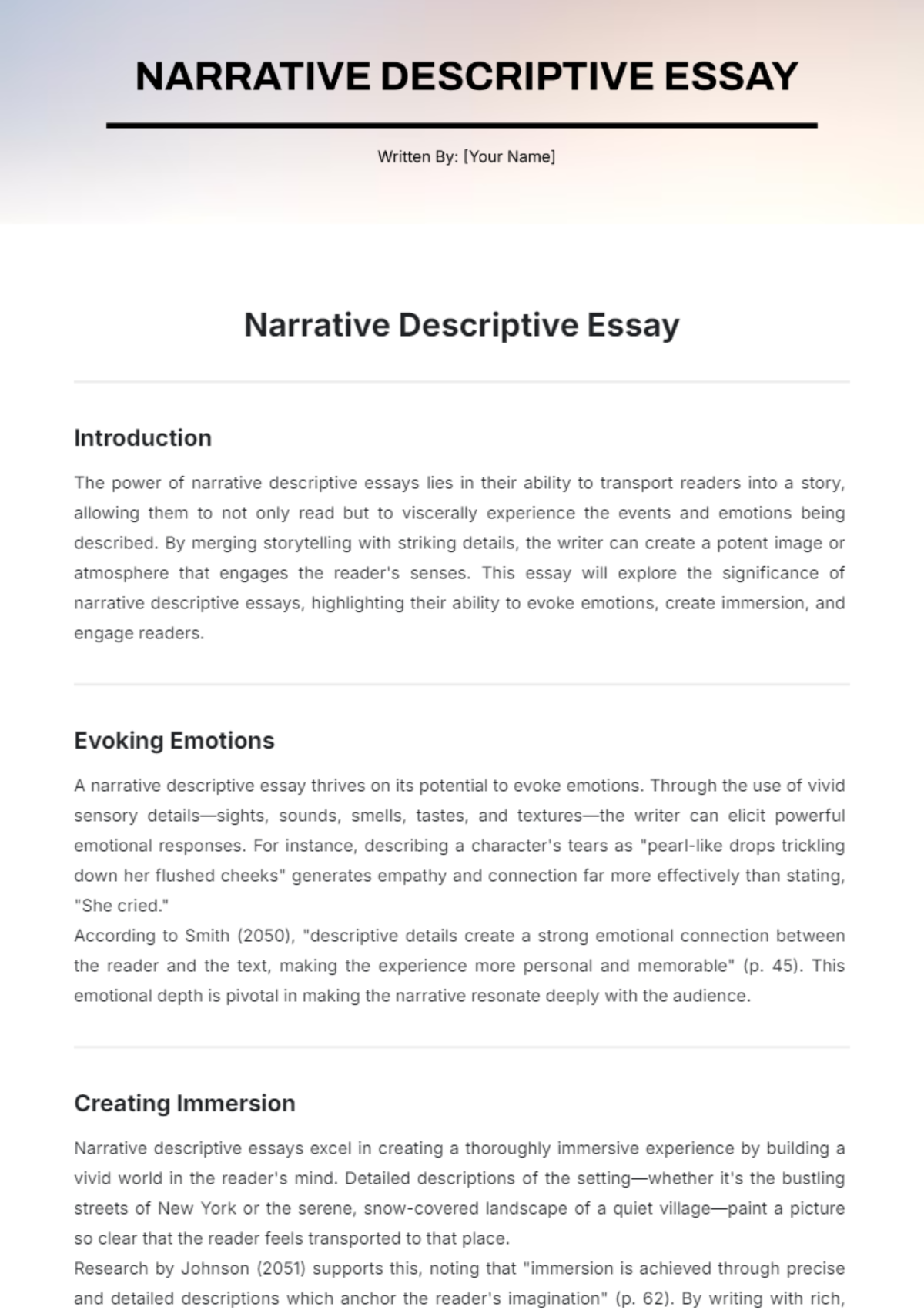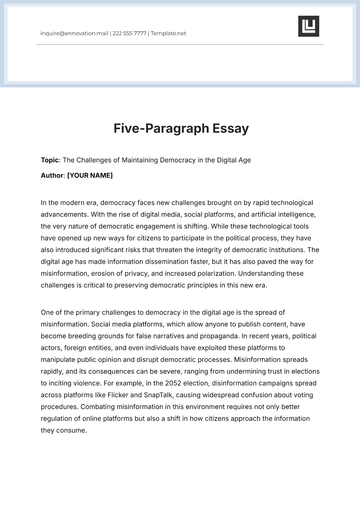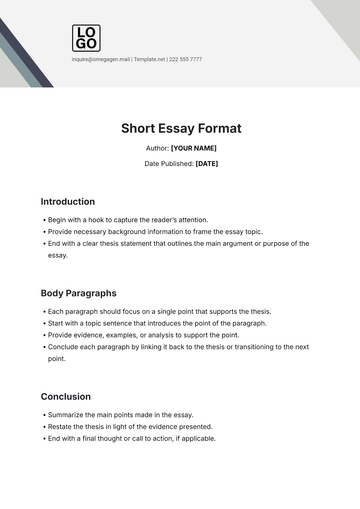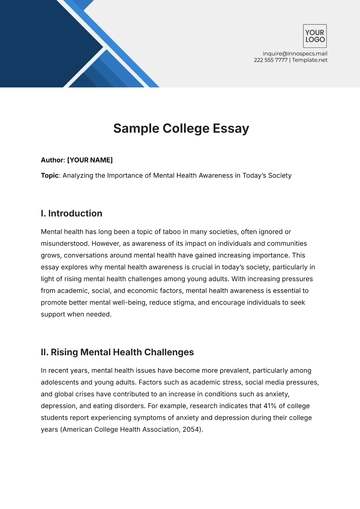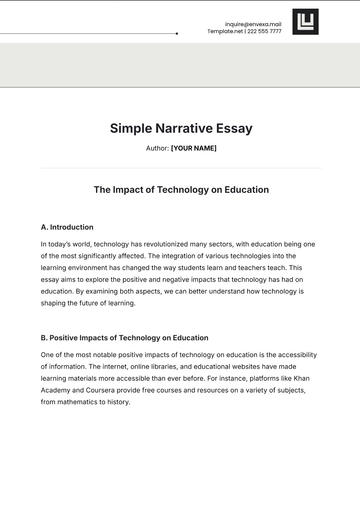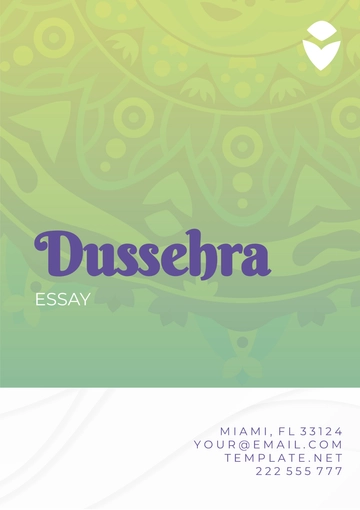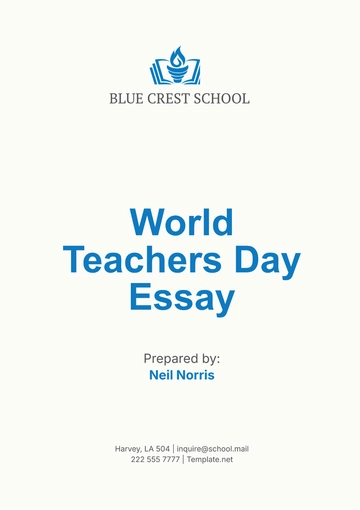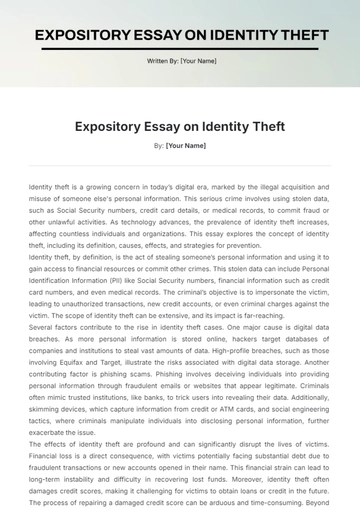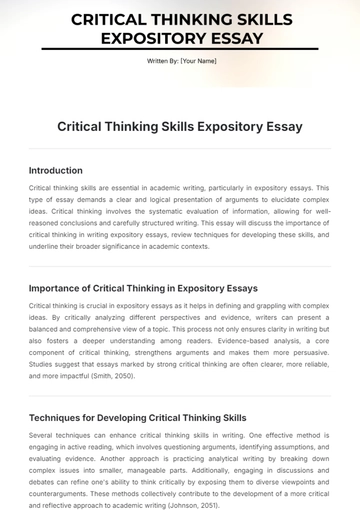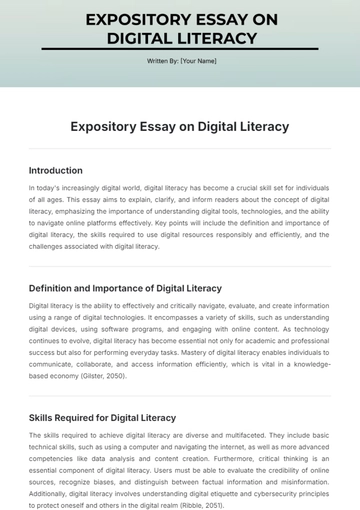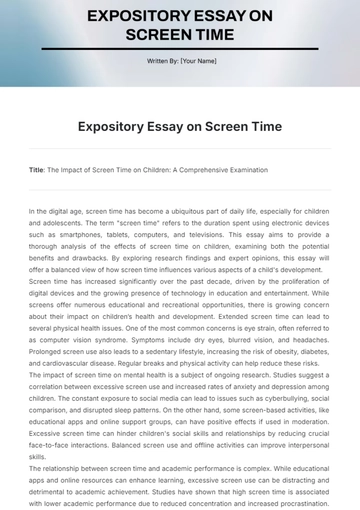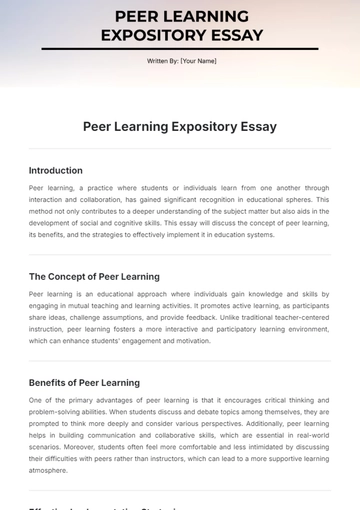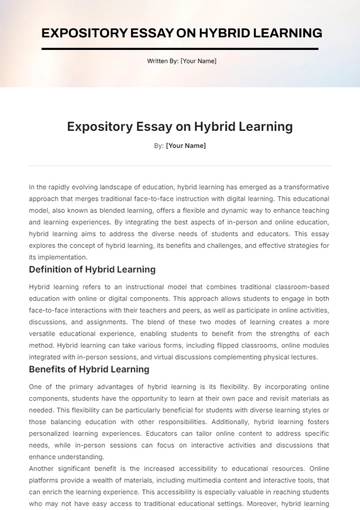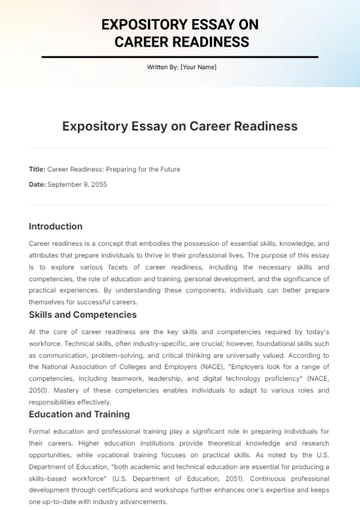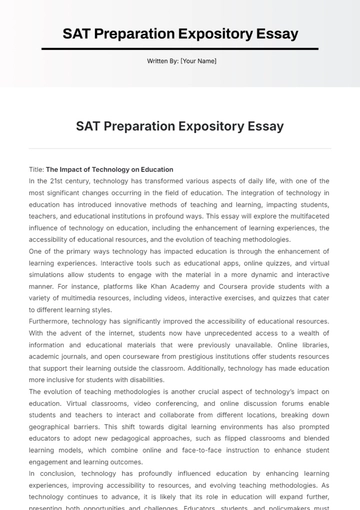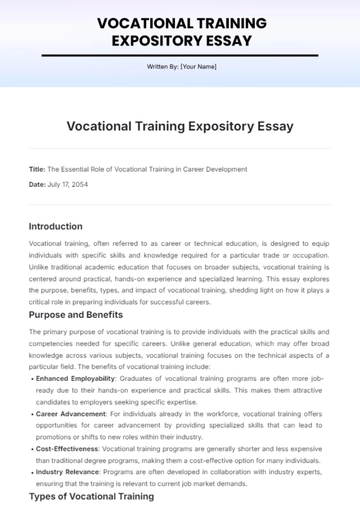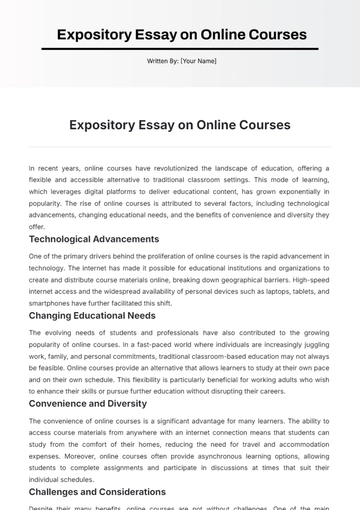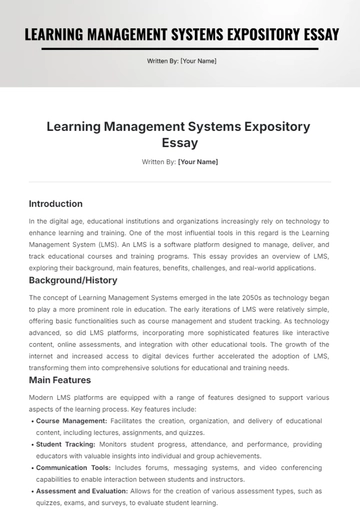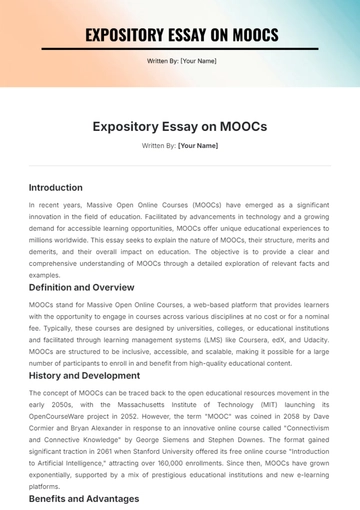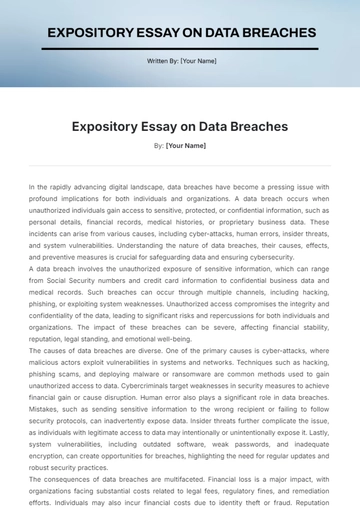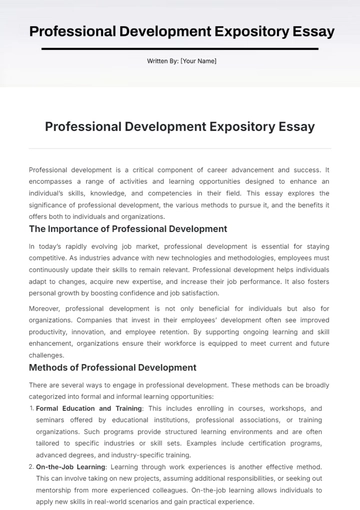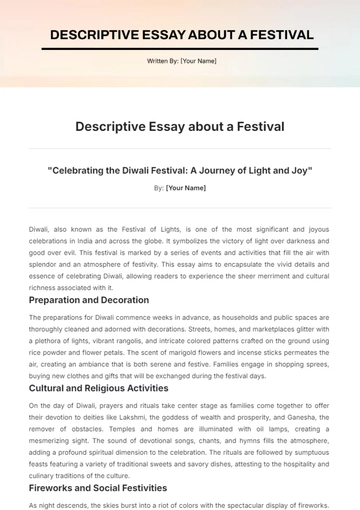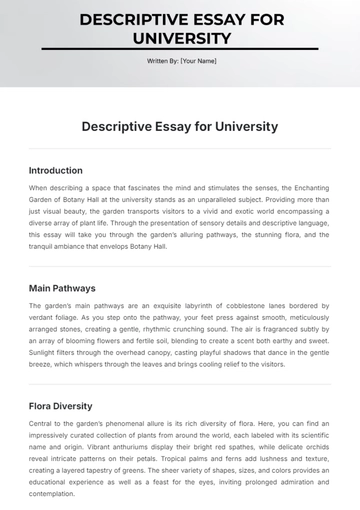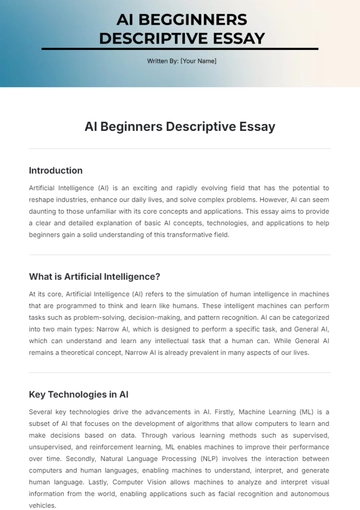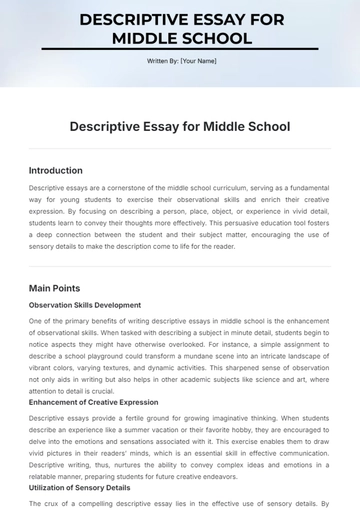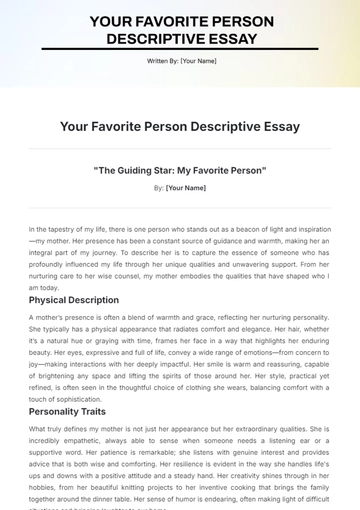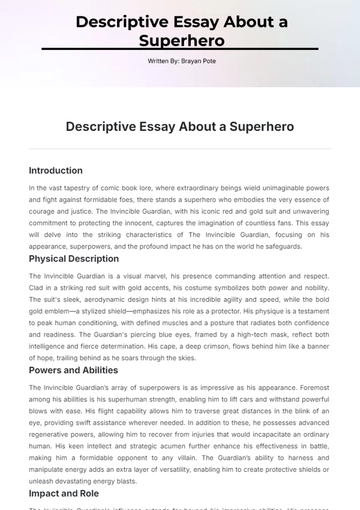Narrative Descriptive Essay
Introduction
The power of narrative descriptive essays lies in their ability to transport readers into a story, allowing them to not only read but to viscerally experience the events and emotions being described. By merging storytelling with striking details, the writer can create a potent image or atmosphere that engages the reader's senses. This essay will explore the significance of narrative descriptive essays, highlighting their ability to evoke emotions, create immersion, and engage readers.
Evoking Emotions
A narrative descriptive essay thrives on its potential to evoke emotions. Through the use of vivid sensory details—sights, sounds, smells, tastes, and textures—the writer can elicit powerful emotional responses. For instance, describing a character's tears as "pearl-like drops trickling down her flushed cheeks" generates empathy and connection far more effectively than stating, "She cried."
According to Smith (2050), "descriptive details create a strong emotional connection between the reader and the text, making the experience more personal and memorable" (p. 45). This emotional depth is pivotal in making the narrative resonate deeply with the audience.
Creating Immersion
Narrative descriptive essays excel in creating a thoroughly immersive experience by building a vivid world in the reader's mind. Detailed descriptions of the setting—whether it's the bustling streets of New York or the serene, snow-covered landscape of a quiet village—paint a picture so clear that the reader feels transported to that place.
Research by Johnson (2051) supports this, noting that "immersion is achieved through precise and detailed descriptions which anchor the reader's imagination" (p. 62). By writing with rich, sensory detail, the story becomes a palpable reality for the reader.
Engaging the Reader
Engagement is the cornerstone of any captivating narrative. By using descriptive techniques, writers can draw readers into the story, making them feel like active participants rather than passive observers. Descriptions that appeal to the senses provide a multi-layered experience that engrosses the reader.
As noted by Thompson (2052), "a well-crafted narrative descriptive essay can hold the reader's attention by making them feel as if they are living the experience alongside the characters" (p. 88). This engagement ensures that the narrative remains impactful and retains the reader's interest throughout.
Conclusion
In conclusion, narrative descriptive essays master the art of storytelling by weaving together detailed descriptions and emotional depth to create immersive and engaging experiences for the reader. This form of writing not only tells a story but does so in a way that touches the senses and emotions, making the narrative unforgettable.
Bibliography
Johnson, A. (2050). The Art of Immersive Storytelling. New York: Grand Central Publishing.
Smith, B. (2051). Emotional Connections in Descriptive Writing. Boston: Beacon Press.
Thompson, C. (2052). Engaging Readers Through Vivid Descriptions. Chicago: University of Chicago Press.
Essay Templates @ Template.net
